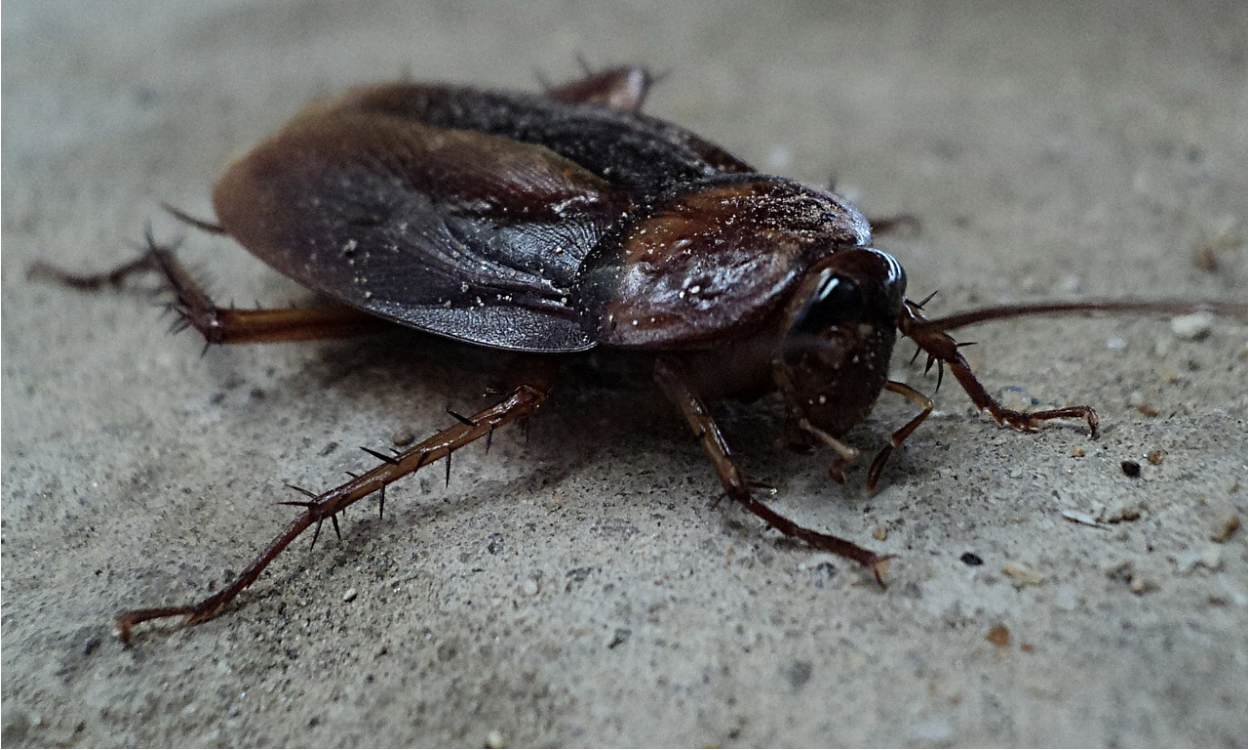Understanding the Health Risks Associated with Common Household Pests
Household pests are more than just a nuisance - they can pose significant health risks to you and your family. From triggering allergies to spreading serious diseases, pests like cockroaches, rodents, mosquitoes, and bed bugs can impact your well-being if left unchecked. Understanding the potential dangers these pests bring is essential for maintaining a safe and healthy home environment. Here are the health risks associated with common household pests, how to identify infestations, and practical tips for prevention and control.
Cockroaches and Asthma Triggers
Cockroaches are notorious for their resilience, but they’re also a major trigger for asthma and allergies, especially in children. To identify a cockroach pest problem, the team at Scherzinger can conduct thorough inspections, pinpoint infestation signs, and provide expert solutions to eliminate these pests effectively. These pests carry bacteria on their bodies and can contaminate food, utensils, and surfaces, leading to potential health issues.
Allergenic Particles: Cockroach saliva, droppings, and shed skin contain allergens that can trigger asthma attacks and cause allergic reactions. These particles become airborne and can be inhaled, leading to respiratory issues.
Bacteria Carriers: Cockroaches are known to carry bacteria like E. coli and Salmonella, which can cause food poisoning and gastrointestinal illnesses. They can spread these pathogens as they crawl over food preparation areas.
Mice and Rats: Carriers of Disease
Rodents like mice and rats are more than just a pest problem - they’re a serious health hazard. They can transmit several dangerous diseases through direct contact, bites, or exposure to their urine and droppings.
Hantavirus: Transmitted through inhaling dust contaminated with rodent urine or droppings. Symptoms include fever, muscle aches, and respiratory issues.
Leptospirosis: Bacteria from rodent urine can cause this disease, leading to fever, headaches, and in severe cases, liver or kidney damage.
Salmonellosis: Rodents can spread Salmonella bacteria, which causes foodborne illnesses characterized by diarrhea, fever, and stomach cramps.
Bed Bugs and Skin Irritations
Bed bugs are small, parasitic insects that feed on human blood. Although they don’t transmit diseases, their bites can cause skin irritations, allergic reactions, and psychological distress due to the fear and discomfort they cause.
Bite Marks: Small, red welts often appear in a line or cluster. They may itch and become swollen, leading to scratching and secondary infections.
Blood Stains on Bedding: You may notice small blood spots on your sheets, which result from bed bugs being crushed after feeding.
Dark Spots on Mattresses: Bed bug droppings look like tiny dark specks and are often found in seams of mattresses, headboards, and furniture.
Termites and Structural Damage
Unlike other pests, termites don’t pose a direct health risk to humans, but they can cause severe structural damage to homes. Over time, this damage can affect the safety and integrity of your property, leading to costly repairs.
Hollow-Sounding Wood: Tapping on wooden structures that sound hollow could indicate termite damage inside.
Mud Tubes: Termites build mud tubes along walls, foundations, or beams to travel between their colony and food sources.
Discarded Wings: After swarming, termites shed their wings, which may be found near windowsills, doors, or other entry points.
Preventing Termite Damage:
Regularly inspect wooden structures, especially in basements, attics, and crawl spaces.
Fix leaks and reduce moisture around the home, as termites thrive in damp conditions.
Use termite-resistant wood or treat wood with chemical barriers if you’re building a new home.
Mosquitoes and Vector-Borne Diseases
Mosquitoes are known for their itchy bites, but they are also carriers of some of the world’s most dangerous diseases. These include malaria, dengue fever, Zika virus, and West Nile virus, all of which can have severe health implications.
Dengue Fever: Transmitted by the Aedes mosquito, dengue can cause high fever, severe headaches, and joint pain. In extreme cases, it can lead to hemorrhagic fever, which is life-threatening.
Zika Virus: Most known for its effects on pregnant women, the Zika virus can cause birth defects and other complications.
Malaria: Although primarily found in tropical regions, malaria is a serious illness transmitted by Anopheles mosquitoes. It causes fever, chills, and flu-like symptoms, and can be fatal without treatment.
Protecting Yourself from Mosquitoes:
Install window and door screens to keep mosquitoes out.
Use insect repellents that contain DEET, picaridin, or oil of lemon eucalyptus.
Eliminate standing water around your home where mosquitoes can breed (e.g., in flowerpots, bird baths, and clogged gutters).
Household pests can be more than just an inconvenience - they can bring significant health risks that endanger the safety and well-being of your family. By understanding the dangers associated with pests like cockroaches, rodents, bed bugs, termites, and mosquitoes, you can take proactive steps to prevent infestations and protect your home. Regular inspection, maintaining cleanliness, and sealing potential entry points are crucial in keeping pests at bay. If you find yourself dealing with an infestation, don’t hesitate to seek professional pest control services to handle the issue safely and effectively.







